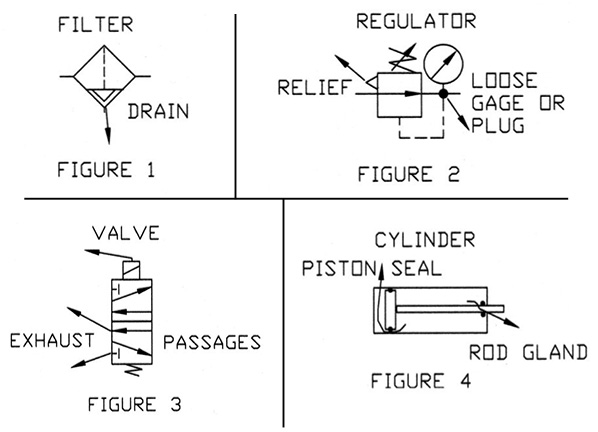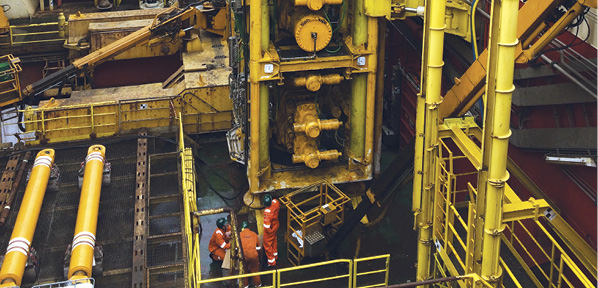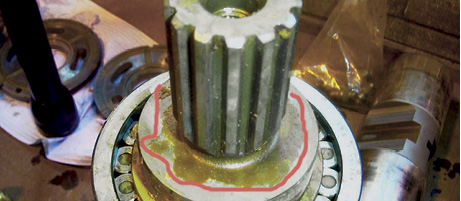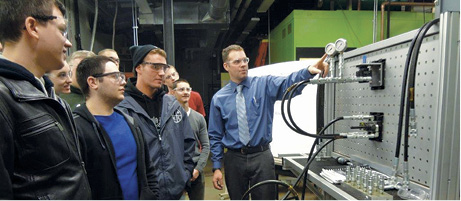Leaks Are There For Finding
By Thomas W. Kreher
The continual buzz about leaks in compressed air systems has jaded many. Whether a popular topic or not, the challenge to fix leaks persists and like mowing the grass, it should be done at regular intervals. This could be a good project for a summer student with regular follow up the rest of the year. Introducing students to the wonders of manufacturing and maintenance might save bright young minds from wasting themselves as bankers or lawyers. Some might wonder why leaks cannot be fixed once and for all by just tightening and sealing fittings and joints.
The functional leak paths, like relief and exhaust ports, will deteriorate as the products wear. These leaks don’t exist until the seals wear sufficiently at random intervals. A casual trip around the area with a sonic ear may detect a few leaky joints. Iridescent dye added to lubricating oil highlights leaky fittings and joints that are easy to find with a special blue light. This method also tends to show the more visible leaks and misses those in the belly of the beast. By looking at the dynamic devices of all sizes, shapes, and capacity, visible and obscured, many more leaks may be found. The following are a few examples of existing or potential leaks that may go undetected unless sought out. These examples are not nearly a complete list but may help you think more about leaks.

- The filter (Fig. 1) has fittings, a bowl seal, and automatic or manual drain. The filter element should be replaced and the drain examined annually to prevent pressure drop. A repair kit with fresh replacement parts, seals, and filter element could be installed with care to prevent leaks.
- Regulators (Fig. 2) often have a main valve and relief path seals. If either of these or both become badly worn, compressed air will escape.
- Valves (Fig. 3) may develop leaks past the spool or poppet, and vent through exhaust ports including the solenoid exhaust.
- Cylinders (Fig. 4) often develop leaks through the rod gland that may be audible or recognized by escaping lubricant smear. Leaks past the piston seal may feed back and exit through the valve. Air exhausting from the valve even when the valve has been repaired or replaced may be confusing.
It would be good to hear feedback on pneumatic plumbing innovations. Any contribution to fewer leaks, less rust and corrosion, and less pressure drop sounds like an idea whose time has come.







